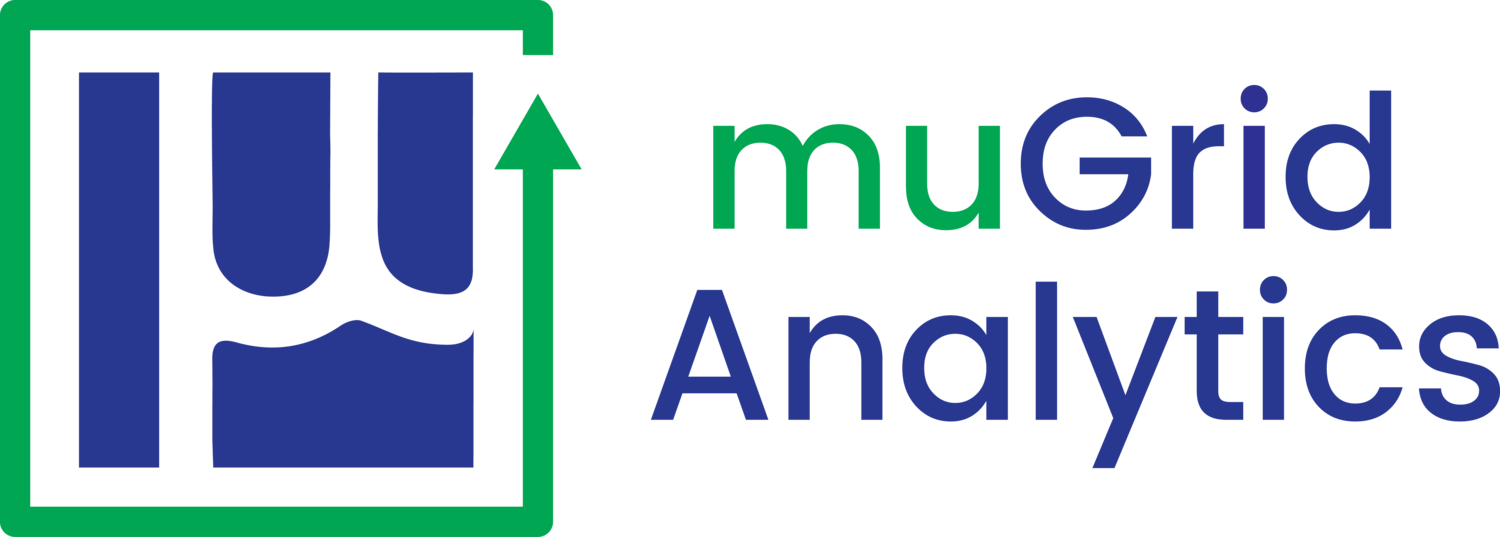Blog
Dr. Travis Simpkins To Present At The Critical Power Expo 2018
muGrid CTO Dr. Travis Simpkins will be speaking at the Critical Power Expo on Thursday, September 13, 2018 at 2 PM. His talk Optimizing Battery Sizing & Dispatching to Maximize the Economic Return of Grid-Connected Microgrids is part of the Critical Power Tech forum, and is free to attend.
The Critical Power Expo is part of The Battery Show conference running from September 11-13, 2018 at the Suburban Showcase in Novi, Michigan. It is one of the premier conferences for backup power, microgrids, and electric vehicles and drew over 5,000 attendees last year.
What Is Resilient Power?
We have been working with our partners Clean Energy Group and American Microgrid Solutions to analyze a variety of facilities for the potential to install resilient power. We recently participated in a CEG webinar where we discussed our real-world experience with these types of projects. So if you’ve already watched that webinar and are here to learn more, welcome!
CEG defines resilient power as follows:
Resilient power is the ability not only to provide critical power to essential facilities and services during a power outage, but also to provide economic benefits throughout the year, by reducing power bills and generating revenue through providing services to utilities and grid operators.
Dr. Simpkins To Present At The Colorado Renewable Energy Society
Dr. Simpkins will be presenting at the Boulder chapter of the Colorado Renewable Energy Society on June 13, 2018, at 6:30 PM. The topic of the talk will be Optimizing Battery Sizing and Dispatching To Maximize Economic Return.
Webinar — Resilient Power in Practice: Lessons Learned from the Field
If you’re interested in power resiliency, you’ll want to check out this upcoming Clean Energy Group webinar featuring muGrid Analytics’ own Dr. Travis Simpkins along with our partner Geoff Oxnam of American Microgrid Solutions talking real projects, real economics, and real tradeoffs.
What is Battery Energy Storage Revenue Stacking?
Stationary batteries can make or save money in a variety of ways.
They can be used to directly reduce your utility bill by performing demand charge management (also called peak shaving) and to energy arbitrage. Or they can generate revenue in the form of cash payments for providing demand response, frequency regulation, or other ancillary services to the grid. Depending on the location, batteries may also enable utilities to defer the upgrades of their substations and other distribution equipment, which can have significant value which they may partially pass on to you. And of course, the most traditional use of a battery is to provide backup power during times that the grid goes down, which can have real value, even if no money is transacted.






